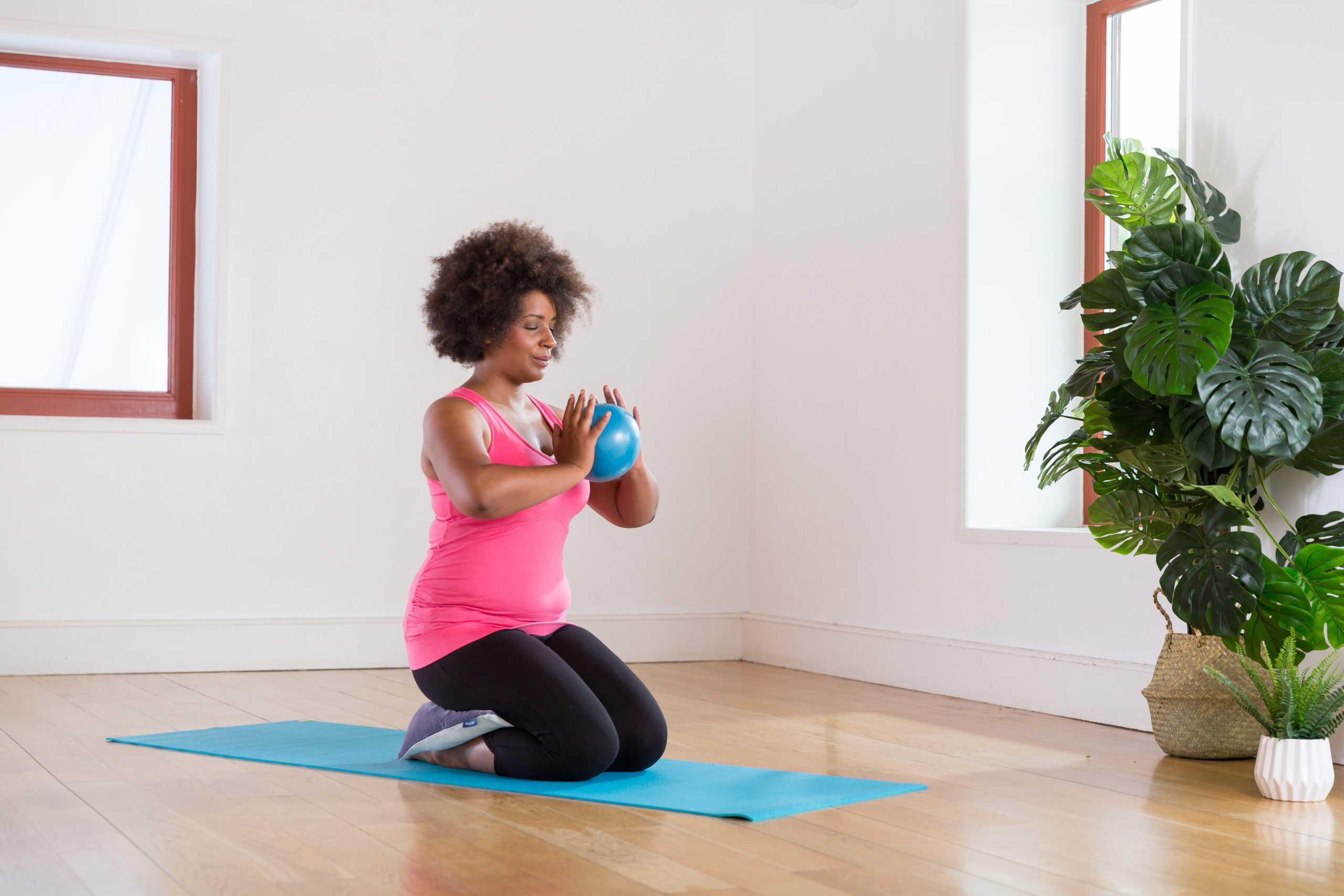With our health system battered by the pandemic, there have been fewer in person doctors visits, more people delaying elective surgeries and an increase in searches for support online. Some issues are able to be alleviated with exercises that can be done from home. One of them is stress incontinence (SUI), an issue which can arise following childbirth. It is caused when the muscles and other tissues that support the urethra (pelvic floor muscles) and the muscles that control the release of urine (urinary sphincter) weaken.
Home Help For Pelvic Floor Recovery

When done correctly, pelvic floor exercise can assist with leaking, painful sex and pelvic organ prolapse. You may have heard about Kegel exercises, but in truth just squeezing occasionally as you wait at the traffic lights isn’t enough to really banish symptoms and give your pelvic floor the strength it needs. There is a ‘release’ phase which is also vital, a breathing connection to understand, as well as learning how to apply those squeezes to your everyday life and movements.
Make time for some of these exercises, provided by Wendy Powell, founder of MUTU System, and start your year off feeling more comfortable, confident and empowered.
Step 1 : Find Your Pelvic Floor
The issue often lies in the fact many women don’t know how to locate their pelvic floor. From our 70,000 clients, you’d be surprised how many didn’t know how to locate these muscles before starting with us! It’s one of those things doctors or midwives say to women all the time – ‘are you doing your pelvic floors?’ and women nod but haven’t got a clue. Using this method, 97% of our customers who couldn’t successfully locate or engage their pelvic floor muscles before, were able to.
Inhale and let your stomach muscles and pelvic floor relax. Let it all go and enjoy a complete state of relaxation. This part is really important. Your muscles can’t work properly if they’re ‘switched on’ all the time. The relaxation phase is just as important as the engagement so avoid squeezing repeatedly and give space to both phases. You can do these exercises sitting on the floor, kneeling, or lying on your back or side, depending on whatever feels most comfortable.

Step 2: Exhale & Lift
Next, exhale as you lift and gently squeeze your pelvic floor. To find the right muscles, imagine you’re trying not to pass wind by engaging the back passage muscles. Imagine that your vagina is a straw and you’re sucking up a smoothie through it. As strange as this may sound, it’s a very effective method. Refrain from being to forceful and maintain this as a gentle squeeze and lift.
Step 3: Inhale & Relax
Then breathe in and fully relax and release those muscles, being careful not to push down or away. Again, this isn’t a forceful movement, just release and fully let go.
Step 4: Repeat
Repeat 5 times, in time with your own breath, always relaxing and releasing on the inhale, drawing upwards and gently squeezing on the exhale. Do these 5 breaths at least couple of times a day, every day and in doing so 92% of our customers who had experienced bladder symptoms (urinary leakage) saw improvement. It is important to schedule in a time every day to complete these exercises. Gently squeezing on a small ball as you exhale and engage increases the contraction and makes your pelvic floor muscles work harder!
Step 5: Create A Routine
You can now engage and release your pelvic floor properly. So the next step is to apply your new skill to everyday life! Whenever you pick up a heavy load, like a child or car seat, prepare, inhale and release first, then engage and exhale as you lift to protect your pelvic floor and core.

Wendy Powell
Founder of MUTU System
MUTU System is a medically recommended digital antenatal and postpartum support platform working with over 70,000 mothers in more than 150 countries. It is referred to by specialist Pelvic Health Physical Therapists, Surgeons, surgeries in the UK and USA, Midwives and Hospital Women’s Health Physiotherapists.


